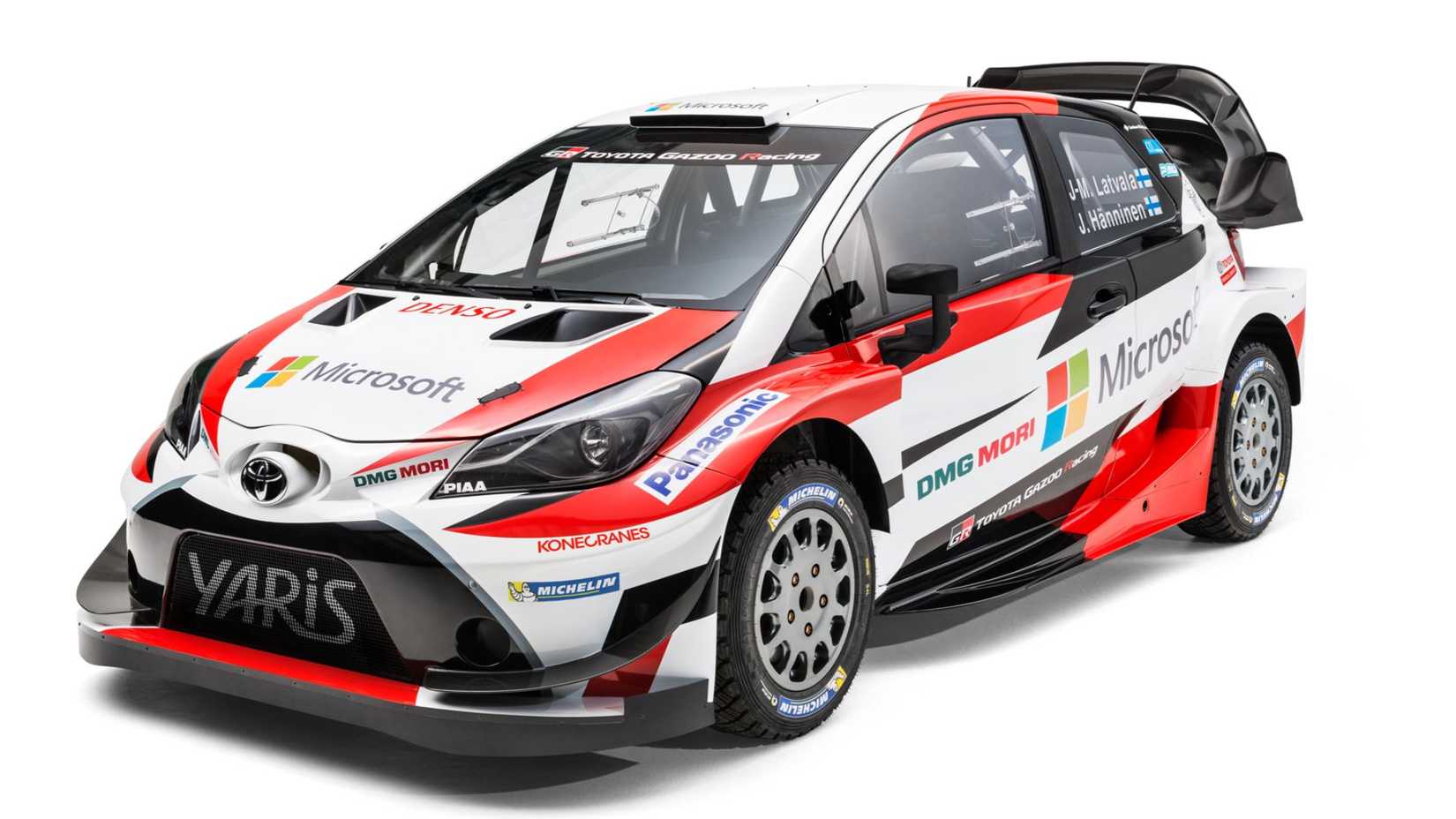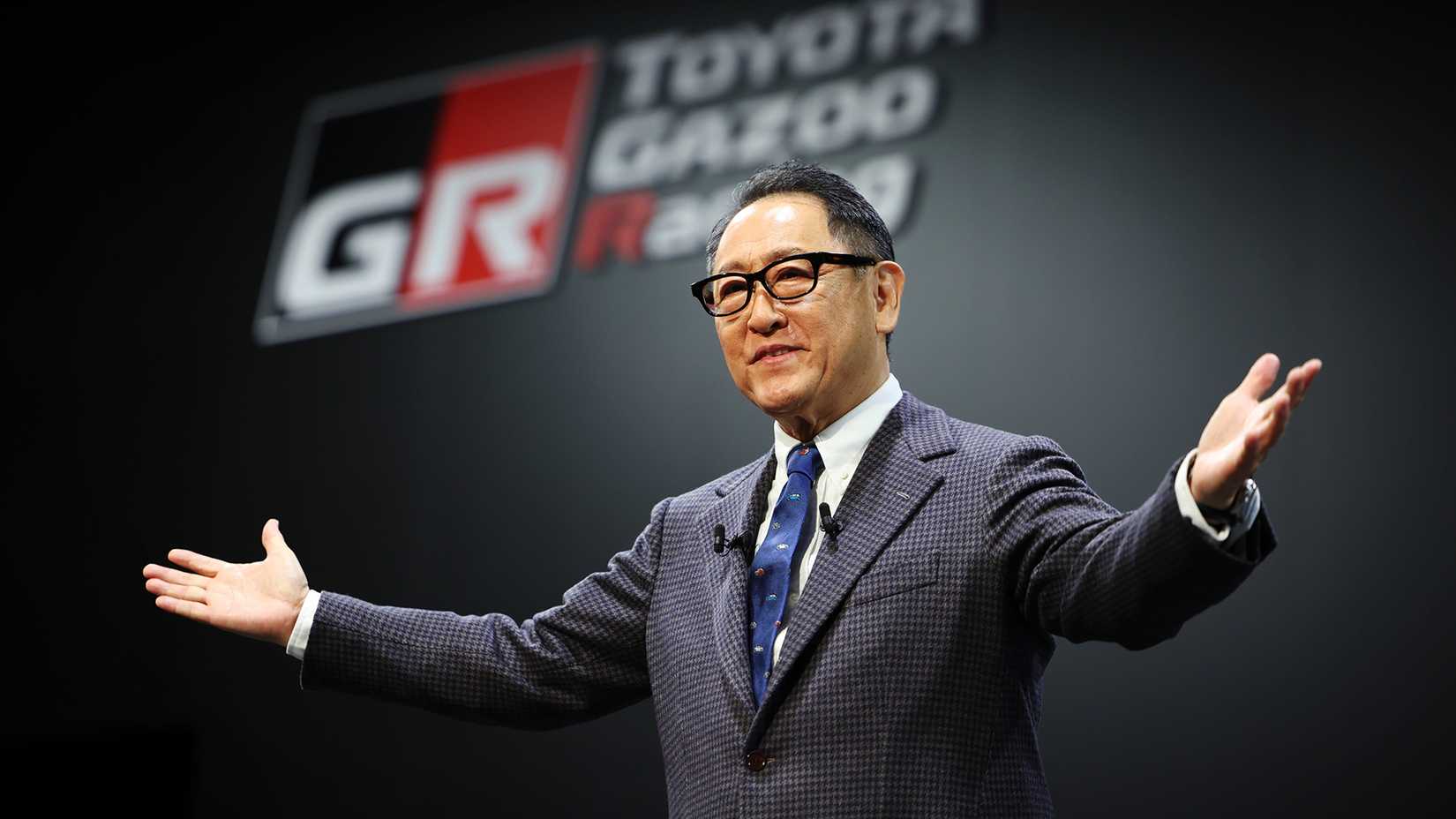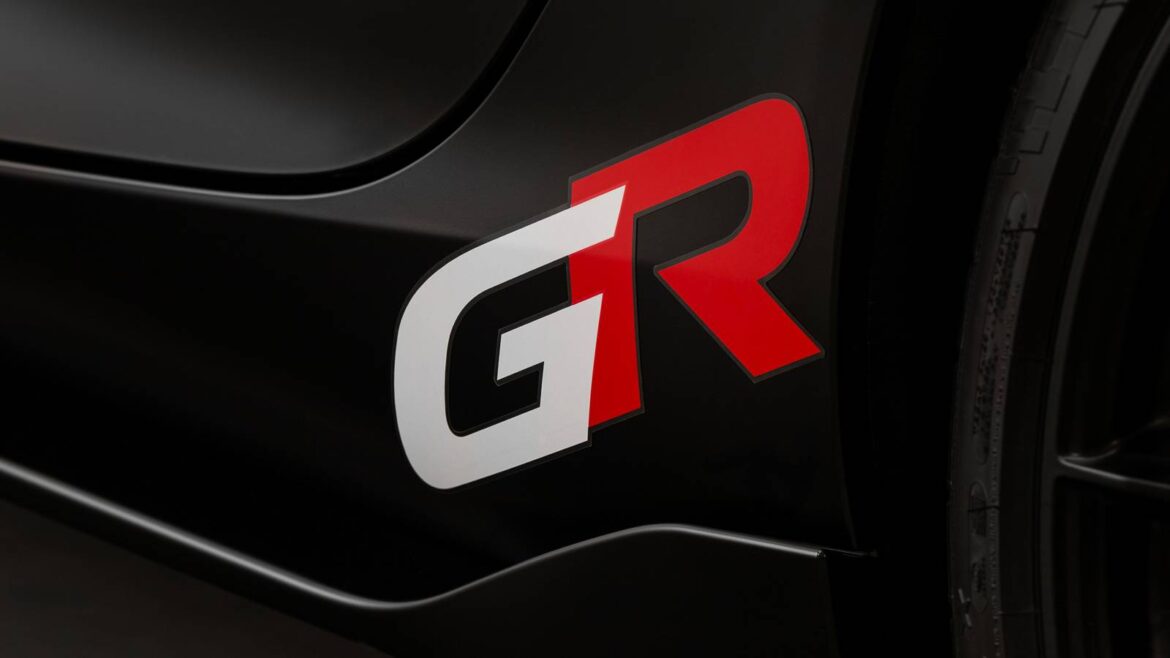For decades, Toyota was the epitome of the automotive quest for excellence. It built an incredible reputation for dependability in engineering, turning out models with bulletproof reliability but always with a certain amount of restraint. Toyota wanted these vehicles to outlive their owners, but not necessarily to quicken their heartbeats. Slowly but surely, the Japanese company retired legendary models to replace them with competent but often unremarkable SUVs and sedans.
However, Toyota had never been afraid of speed, competition, and adrenaline. It already had a good motorsport pedigree, but in this era, all that had really taken a backseat. Until that is, one inspiring individual took to the company’s helm, eventually leading to a complete turnaround, and new iconic creations like the Toyota GR Yaris.
The Comeback That Few Saw Coming

Movie star Eddie Murphy was roped in to help market the new Toyota Celica in 1990.Toyota
2025 Toyota GR Yaris Specifications (In Japan)
Engine
1.6-liter turbocharged inline-three G16E-GTS
Transmission
Six-speed manual or eight-speed auto
Drivetrain
AWD
Power
300 hp
Torque
295 lb-ft
Akio Toyoda is the grandson of the company’s founder and is now famous for creating the “No More Boring Cars” mandate. In a period of around ten years, he helped create an in-house performance and motorsport division that would become Toyota Gazoo Racing (TGR) and be truly transformative from top to bottom. Steadily, the success of TGR rippled through the entire organization, transforming the GR brand into Japan’s answer to AMG. It’s now true to say that Toyoda and TGR have transformed a previously conservative carmaker into Japan’s loudest performance brand, with the GR badge now appearing on numerous exciting Toyota builds like the rally-born GR Corolla, the high-revving GR86, and the GR Supra.
It pays to understand where Toyota was when Toyoda took the keys. After all, back in the early 2000s, the company had largely abandoned some of its previous icons, such as the Celica, Supra, and MR2. However, Akio Toyoda was a racer at heart, and when he took the helm of the company, he recognized the company’s decline from greatness. He campaigned steadily but effectively for a turnaround, so the brand could recapture the excitement it once knew.
By 2007, Gazoo Racing began competing in endurance motorsport, with Toyoda behind the wheel of one of the company’s vehicles. He raced under the pseudonym “Morizo” in events like the 24 Hours of Nürburgring, and while the team’s first efforts were anything but glamorous, the internal rejuvenation was on. Toyoda drove a humble Toyota Altezza (the Japanese version of the Lexus IS) during those formative building laps, and this proved to be the foundation for Gazoo Racing going forward.
In motorsport circles, Toyota was more of a slumbering giant during its beige period. After all, it had been rallying internationally since the 1970s, and its first World Rally Championship win came at the famous 1000 Lakes Rally in Finland back in 1975. Company leaders then knew how important motorsport success could be to drive innovation, progress, and sales. And this meant that the company and its racing team had plenty of heritage to lean on when it refired its latent ambition.
Racing First and Marketing Later

2017 Toyota Yaris World Rally CarToyota Gazoo Racing
From the beginning, Akio Toyoda looked at motorsport as far more than just a marketing spectacle. He charged the Gazoo Racing team with the responsibility of making ever-better cars for everyday street use through direct competition in the world’s toughest arenas. The company employed its brightest engineers to carry out real-world testing, entering rally events and endurance races, and pushing their engineering ideas to the extreme. And TGR learned from both its successes and failures while feeding those lessons directly into the DNA of Toyota’s road cars. So, many of today’s significant features, including advanced AWD, trick suspensions, and turbocharging, have their roots in motorsport. And perhaps unlike some other rival performance badges, a GR label signifies a car whose spirit has emerged from legendary stages and torturous tracks, and from a team led by real racers.
Rallying Resurrected
Success on the rally stage really helped to shape Gazoo Racing’s new trajectory. Many will remember Toyota’s significant accomplishments of the 1990s when it dominated the WRC with cars like the Corolla WRC and Celica GT-Four. Back then, the company won three manufacturers’ trophies in 1993, 1994, and 1999, along with numerous drivers’ championships, building a strong reputation at the end of the last century as a sports engineering powerhouse.
However, Toyota disappeared from the WRC circus in 1999 and didn’t compete for nearly two decades after that. Then, Toyota announced a full-scale comeback starting in 2017, with a base in central Finland under the watchful eye of multiple rally champion Tommi Mäkinen. This led to the development of the first Yaris World Rally Car, signaling the start of a significant comeback.
The GR Yaris and Japan’s New Rally Legend

The Toyota GR Yaris is the road-legal version of Toyota’s world rally championship contender. It has more tricks up its sleeve than Harry Houdini.Toyota
Toyota developed the GR Yaris as a proper homologation special for the WRC, and it went on to become the ultimate symbol of Toyota’s motorsport-driven renaissance. In its eventual showroom form, this was a car featuring a compact, lightweight chassis, all-wheel drive, and a 1.6-liter turbocharged three-cylinder engine that developed 268 hp. Toyota took an inspired approach to its creation by engineering the GR Yaris first and foremost for rally stages and secondly for everyday use.
The original rally version was wild and very advanced at the highest level. Still, the GR Yaris Rally2, which competes in the WRC’s second-tier category, is very similar to the customer car. The company’s overall approach to its competitive Yaris has certainly paid off, with the GR version earning admiration worldwide and demand often outstripping supply on dealer lots.
Although the GR Yaris never reached America’s shores, its DNA certainly lives on in the GR Corolla. This brings more power and torque, with plenty of rally-bred bite and vibe for American enthusiasts. Both the GR Yaris and GR Corolla have earned rave reviews, and the company continues to refine them using feedback from rallies and endurance races around the world.
Since returning to the WRC, Toyota’s rally journey has been truly spectacular. Now under the leadership of Jari-Matti Latvala, TGR’s World Rally Team is almost unbeatable. It recently earned its fifth consecutive manufacturers’ crown in 2025, and the spectacular young Finn Kalle Rovanperä secured back-to-back drivers’ titles in 2023 and 2024 with the GR Yaris Rally1 hybrid model. Clearly, the name Toyota is once again synonymous with rallying excellence.
Supra, GR86, and the Spirit of Collaboration

The Toyota GR86 offers plenty of rear-wheel-driven, naturally aspirated performance.Toyota
While one part of the company focused heavily on rally homologation and success, another part looked closely at international collaboration. For example, Toyota worked with BMW using a shared platform and engine approach to create the GR Supra. This resulted in a coupe with great balance and engagement, tight steering, strong suspension, and solid power delivery. Next, Toyota worked with Subaru to keep the analog spirit alive with the GR86. This was a car with rear-wheel drive, a manual transmission, and careful engineering that became a part of Toyota’s now-diversified sports car portfolio.
The GR Approach as a Philosophy, Not a Trim Level

Akio Toyoda may be the grandson of the founder of Toyota, but he has earned his position as the head of the massive organization the hard way.Toyota
The Gazoo Racing division is far more than just a badging exercise for Toyota. In fact, it has become the company’s guiding performance philosophy. After all, it manages world championship race teams in diverse series, such as rally, off-road, and endurance, runs talent-nurturing programs, and even operates research centers to fully connect motorsport with production vehicles. There’s now a vast GR lineup including world rally legends, Dakar Hilux pickups, Le Mans hybrid prototypes, and special versions of the Yaris and Supra that sparkle around iconic racetracks. Indeed, every single car that wears a GR badge shows what can happen with a change of direction and a clear move away from those “boring cars.”
There are already rumors of other GR-tuned hybrids — perhaps even a GR Prius — so the division is not about to let any grass grow beneath its feet. Meanwhile, Toyota’s full transformation from beige to ballistic has been led by a dual approach of uncompromising engineering and true racing spirit. Akio Toyoda’s rallying cry turned his company into a global performance empire, and the GR brand now stands confidently among its peers in Germany and beyond.
Sources: Toyota, Toyota Gazoo Racing,


AloJapan.com